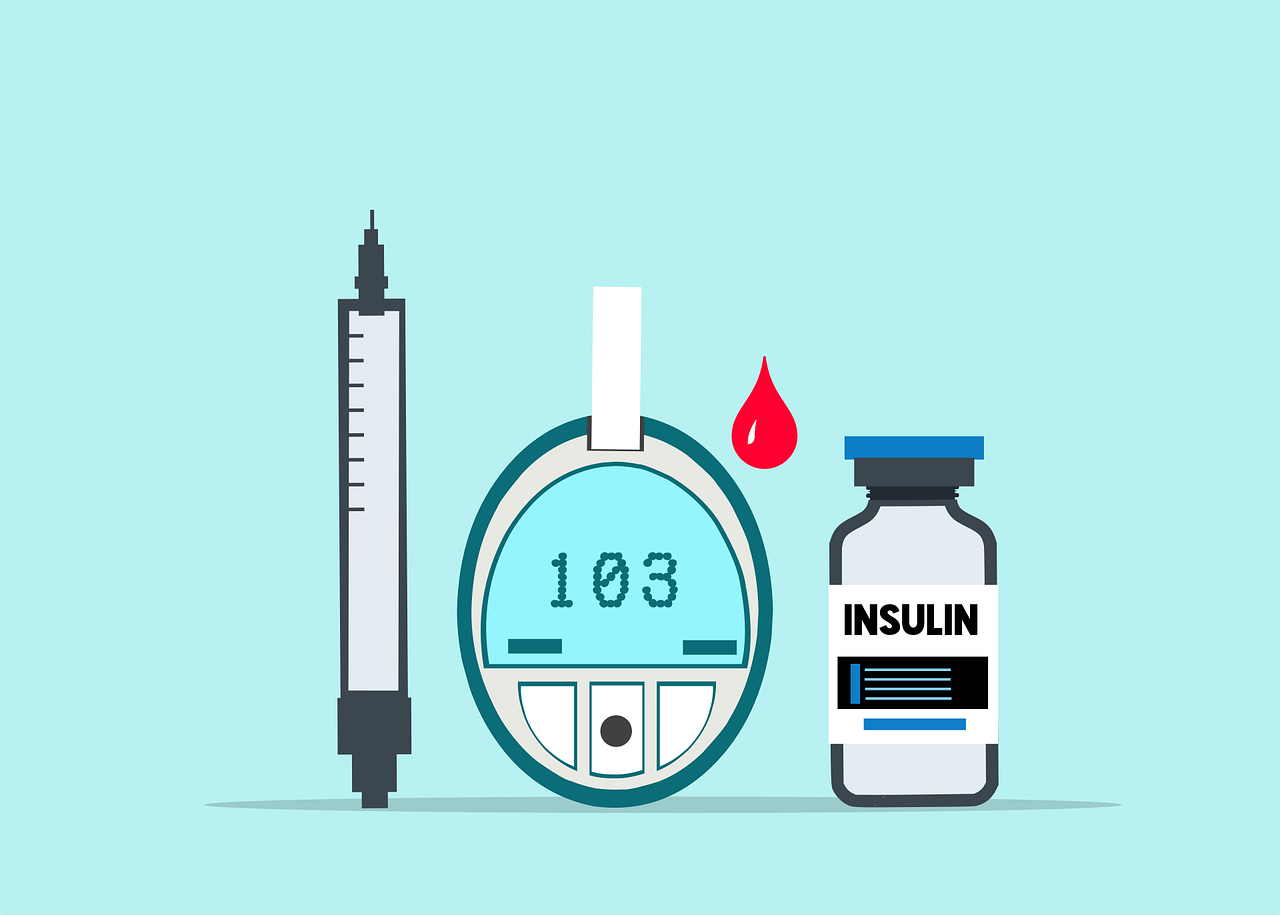
Fasting isn’t just a dietary choice; it’s a journey towards health transformation. With centuries-old roots and modern scientific backing, fasting offers profound benefits for weight management, metabolic health, and mental clarity. This guide not only explores the science and methods behind effective fasting but also introduces an interactive Fasting Time Calculator to personalize your fasting journey.
The Science of Fasting
Overview of Fasting
Fasting, the voluntary abstention from food and drink for health, spiritual, or other reasons, comes in various forms. Intermittent fasting (IF), One Meal A Day (OMAD), and extended fasting periods are popular methods, each with unique benefits and approaches.
Health Benefits
Numerous studies support fasting’s role in promoting weight loss, enhancing insulin sensitivity, reducing inflammation, and possibly extending lifespan. Fasting initiates autophagy, a cellular “cleanup” process that removes damaged cells and regenerates new ones, contributing to disease prevention and longevity.
How It Works
Fasting impacts the body on a cellular level, affecting hormonal balance and metabolic functions. It lowers insulin levels, facilitating fat burning and improving metabolic efficiency. Fasting also influences growth hormone levels, aiding in weight loss and muscle growth.
How to Start Fasting
Choosing Your Fasting Method
Selecting a fasting method depends on your lifestyle, health status, and personal goals. Consider starting with less intensive methods like the 12/12 approach before progressing to more extended fasting windows.
Preparing for Fasting
Begin by gradually reducing meal frequency and sizes. Increase your hydration, focus on nutrient-dense foods during your eating windows, and mentally prepare for the initial adjustment period.
Common Challenges and Solutions
New fasters often face hurdles like hunger pangs and social dining pressures. Mitigate these challenges by staying hydrated, keeping busy, and planning social meals within your eating window.
Personalizing Your Fasting Plan with Our Calculator
We’re excited to introduce our Fasting Time Calculator, a tool designed to tailor your fasting schedule to fit seamlessly into your life. By inputting your preferred fasting method and start time, you’ll receive a customized fasting and eating window schedule.
How to Use the Calculator
- Select Your Fasting Method: Choose from popular fasting intervals, such as 16/8 or OMAD.
- Pick Your Start Time: Indicate when you prefer to begin your eating window.
- Receive Your Schedule: Based on your inputs, the calculator will provide a personalized fasting and eating window.
Fasting Time Calculator
Welcome to our Fasting Time Calculator, a personalized tool designed to help you explore various fasting methods and identify the optimal eating and fasting windows. By selecting your preferred fasting strategy and start time, you’ll receive tailored advice and insights to enhance your health and well-being. Let’s embark on this transformative journey together.
Maximizing Your Fasting Benefits
Optimizing Nutrition
During your eating windows, focus on whole foods rich in proteins, fats, and fibers. Balanced meals enhance satiety and provide essential nutrients, making your fasting periods more manageable and effective.
Incorporating Exercise
Exercise complements fasting beautifully, enhancing fat loss and muscle gain. Time your workouts at the end of your fasting period for increased fat oxidation or during your eating window for improved performance.
Monitoring Progress
Keep track of your fasting schedule, dietary intake, and physical activity. Adjust as necessary to continue making progress towards your health goals.
Conclusion
Embarking on a fasting journey with our Fasting Time Calculator offers a personalized pathway to health and wellness. By understanding the principles of fasting and utilizing our interactive tool, you’re equipped to navigate your health transformation confidently.
Call to Action
We invite you to share your fasting experiences, challenges, and successes in the comments below. Your journey can inspire and motivate others, creating a community of health-conscious individuals united in their pursuit of wellness.
FAQs for the Fasting Time Calculator Blog Post
Intermittent fasting (IF) is a dietary strategy that cycles between periods of fasting and eating. It focuses not on what you eat, but when you eat. Popular IF methods include the 16/8 method, where you fast for 16 hours and eat during an 8-hour window. This approach helps your body shift its fuel source from glucose stored in the liver to fat cells, facilitating weight loss, improving metabolic health, and even extending lifespan by triggering cellular repair processes such as autophagy.
While intermittent fasting offers numerous health benefits, it’s not suitable for everyone. It’s advisable for individuals with certain health conditions, pregnant or breastfeeding women, and people with a history of eating disorders to consult with a healthcare professional before beginning an intermittent fasting regimen. Starting slowly and listening to your body’s cues can help mitigate potential risks and improve the sustainability of your fasting plan.
Choosing the right fasting method depends on your lifestyle, health goals, and how well you can adhere to the fasting schedule. It’s important to consider your daily routine and choose a method that you can sustain in the long term. For beginners, starting with a less restrictive fasting window, such as the 12/12 method, and gradually increasing the fasting duration can help ease the transition into more advanced methods like the 16/8 or 20/4.
During your eating window, focus on consuming nutrient-dense foods that provide vitamins, minerals, fiber, and antioxidants. Prioritize whole foods like vegetables, fruits, lean proteins, healthy fats, and whole grains. Balancing your macronutrients (carbohydrates, proteins, and fats) and including a variety of foods can help you feel satiated, maintain energy levels, and support overall health. Avoid processed foods and high-sugar snacks to maximize the benefits of your fasting regimen.
It’s common to experience hunger during the initial stages of adapting to an intermittent fasting schedule. Your body needs time to adjust to the new eating patterns. However, most people find that their hunger levels decrease after the first week or two as their bodies become accustomed to fasting. Drinking plenty of water, staying busy, and using zero-calorie beverages like black coffee or tea can help manage hunger pangs during fasting periods.
Intermittent fasting can positively affect your metabolism by improving insulin sensitivity, increasing growth hormone levels, and raising norepinephrine levels, all of which help break down body fat for energy. These metabolic changes not only aid in weight loss but also improve energy levels and overall health. Contrary to popular belief, intermittent fasting does not cause your metabolism to slow down, as long as you consume adequate calories during your eating windows.
Yes, exercise can be a beneficial component of an intermittent fasting lifestyle. Working out during your fasting period may enhance fat burning and improve metabolic health. However, it’s important to listen to your body and adjust the intensity of your workouts, especially when starting a fasting regimen. Some people prefer light exercises like walking or yoga during fasting windows and save more intense workouts for their eating periods when they can refuel with nutrition.
The time it takes to see results from intermittent fasting can vary widely among individuals, depending on factors like the fasting schedule, dietary choices, activity level, and metabolic rate. Many people start to notice improvements in energy levels and a reduction in cravings within the first few weeks. Significant weight loss and health benefits may become more apparent after several months of consistent fasting combined with healthy eating and regular physical activity.
Many practitioners of intermittent fasting report improved mental clarity and focus during their fasting periods. This may be due to a reduction in blood sugar fluctuations and enhanced ketone production, which provides an alternative energy source for the brain. Additionally, fasting has been linked to increased production of brain-derived neurotrophic factor (BDNF), a protein that supports brain health, although more research is needed to fully understand these effects.
Intermittent fasting has been practiced for centuries and is generally considered safe for healthy individuals when done correctly. Long-term adherence to intermittent fasting has been associated with various health benefits, including improved metabolic health, reduced inflammation, and a lower risk of chronic diseases. However, it’s essential to approach fasting in a balanced and sustainable way, ensuring you’re meeting your nutritional needs and listening to your body’s signals. Consultation with a healthcare provider is recommended for individuals with pre-existing health conditions or concerns about long-term fasting.
Breaking your fast properly is crucial to maximize the benefits of intermittent fasting and maintain digestive health. Start with a small meal or snack that’s easy to digest. Foods like fruits, vegetables, nuts, seeds, or a smoothie are good options. Avoid overeating immediately after fasting to prevent discomfort and spikes in blood sugar. Gradually reintroduce larger meals over the course of your eating window, focusing on balanced nutrition to support your fasting goals.
Blog Tags for the Post
intermittent fasting, health and wellness, fasting guide, nutritional journey, fasting benefits, eating window, fasting methods, weight loss, metabolic health, personalized fasting












